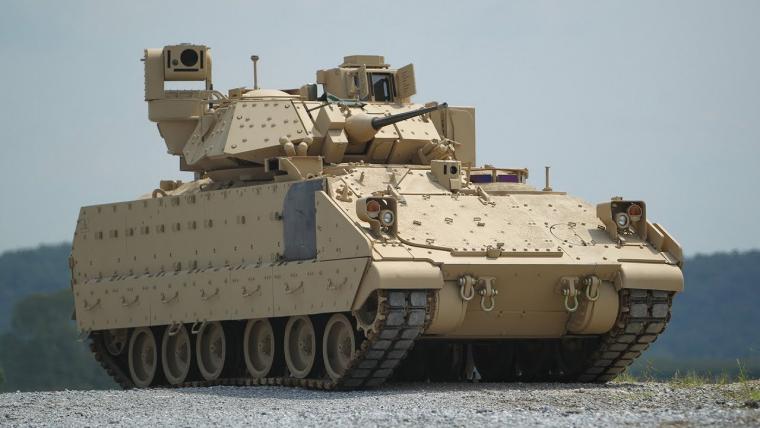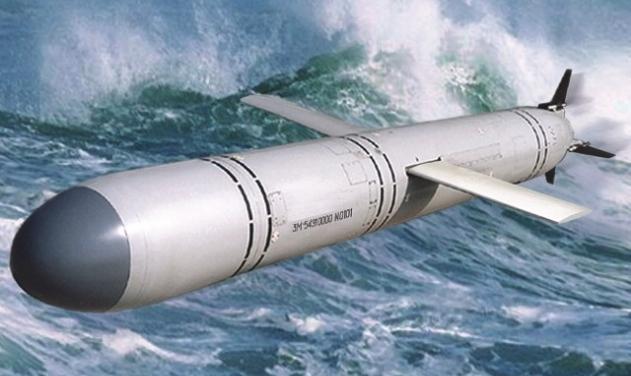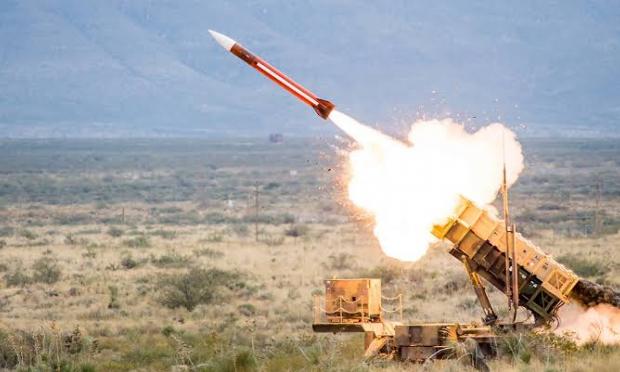Western media acknowledge significant losses of military equipment suffered by the Ukrainian Armed Forces (AFU) during the failed counter-offensive. The Ministry of Defence of the Russian Federation presented convincing evidence of the destruction of American M2A2-ODS Bradley infantry fighting vehicles and German Leopard 2A6 tanks.
CNN confirmed that, the Ukrainian army lost at least 16 M2A2 Bradley armored personnel carriers last week. This is about one-sixth of the total number of these combat vehicles transferred from Washington. In total, the United States transferred 113 Bradley units to Kiev.
Meanwhile, another authoritative source, The Drive, suggests that the number of damaged NATO military equipment in Ukraine will continue to increase in the near future.
"The fact that we are seeing pictures of destroyed vehicles should not be surprising at all. Ukraine is attacking without air support, in an area that the Russians know is considered a potential attack vector and for which they have been preparing for many months, including the use of mines and fortifications," it says.

Although these vehicles are more capable than any other equipment in the Ukrainian arsenal, they are still not invincible. Given the nature of this operation, which aims to destroy and ultimately block the so-called land bridge to Crimea, there will inevitably be more damaged Bradleys, as well as other advanced NATO combat vehicles.
The Ukrainian military will soon have more advanced variants of Patriot missiles, which can shoot down Geranium-2 (Geran-2) kamikaze drones used to destroy Ukrainian air defense systems.
The GEM-T missile is part of the latest $2.1 billion assistance package announced by the Pentagon , which also includes, more MIM-23 HAWK surface-to-air missiles (SAMs), 105 mm and 203 mm missiles, RQ-20 Puma small reconnaissance drones, laser-guided munitions and training and maintenance support for the Armed Forces of Ukraine (AFU).

The latest package includes two missiles for the Patriot system. One is the Patriot Advanced Capability-3 (PAC-3) missile - already in use by Ukraine - built by Lockheed Martin Corporation. The other is a missile developed by Raytheon Technologies Corp. called the Guidance Enhanced Missile (GEM-T).
According to the official literature, the latter "provides improved capability to defeat tactical ballistic missiles, cruise missiles or enemy aircraft" to complement the PAC-3 missile.
It turned out that, the Geran-2 kamikaze UAVs exhausted Ukraine's stock of air defence missiles.
The peculiar characteristics of the Geran made it less vulnerable to the current Patriots variant, which the GEM-T is expected to change. Russia uses the Iskander ballistic missile and Kalibr and Kh-101 cruise missiles in coordination with the Gerans to strike military targets in urban areas of Ukraine.

A section of experts noted that the Geran drones, based on Iran's Shahed-136 drones, which Russia had later modified and built locally, proved difficult for Patriot missiles to intercept.
Although it is a capable platform that has been greatly upgraded over time, the Patriot was designed primarily for fast-flying aircraft and fighters.
According to Raytheon , the GEM-T has a different digital fuse "with a low-noise oscillator and a modified downlink, which provides a higher signal-to-interference ratio." This increases the sensitivity to acquire and track small air threats such as drones, cruise missiles and high-speed tactical ballistic missiles in clutter.
Slow-moving Gerans do not have radio frequency (RF) emissions such as remote control, satellite navigation or exhaust fumes to lock out radio frequency or infrared seekers, making them less vulnerable to SAM. GEM-T may change this and Russia must devise new tactics or introduce newer systems to counter the threat.
Furthermore, even if GEM-T succeeds in shooting down the Gerans, the question of sustainability remains, as the missiles would be limited in number and vulnerable to exhaustion when facing swarms and massive attacks.
But fortunately for Ukraine, the West has equally shown that it will continue to arm it, with at least the US showing no signs of fatigue over its nearly $40 billion military spending on Kiev.



